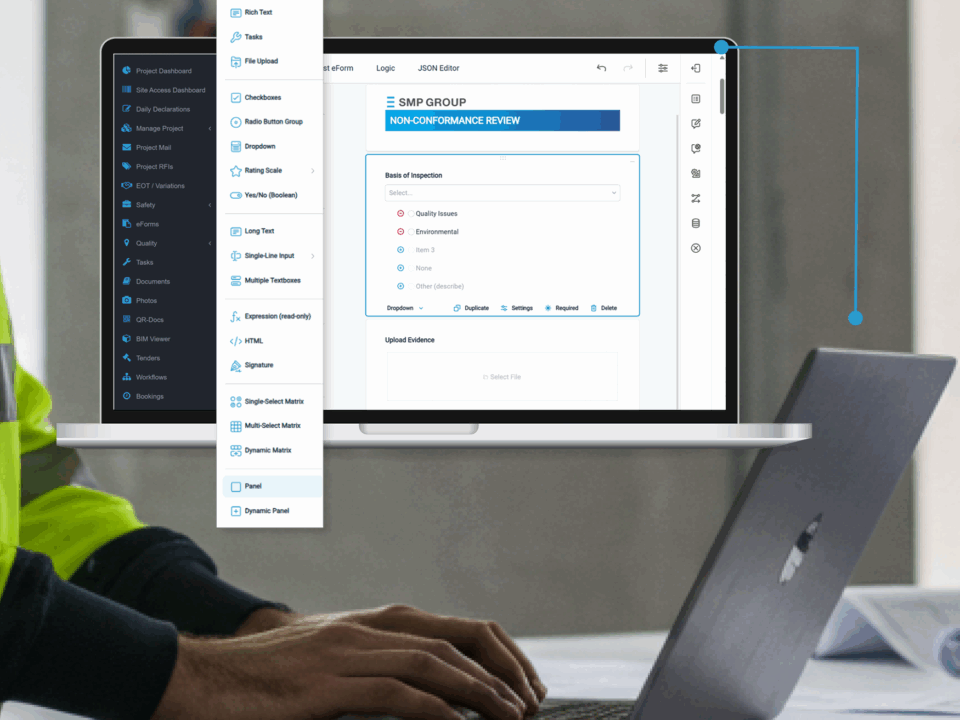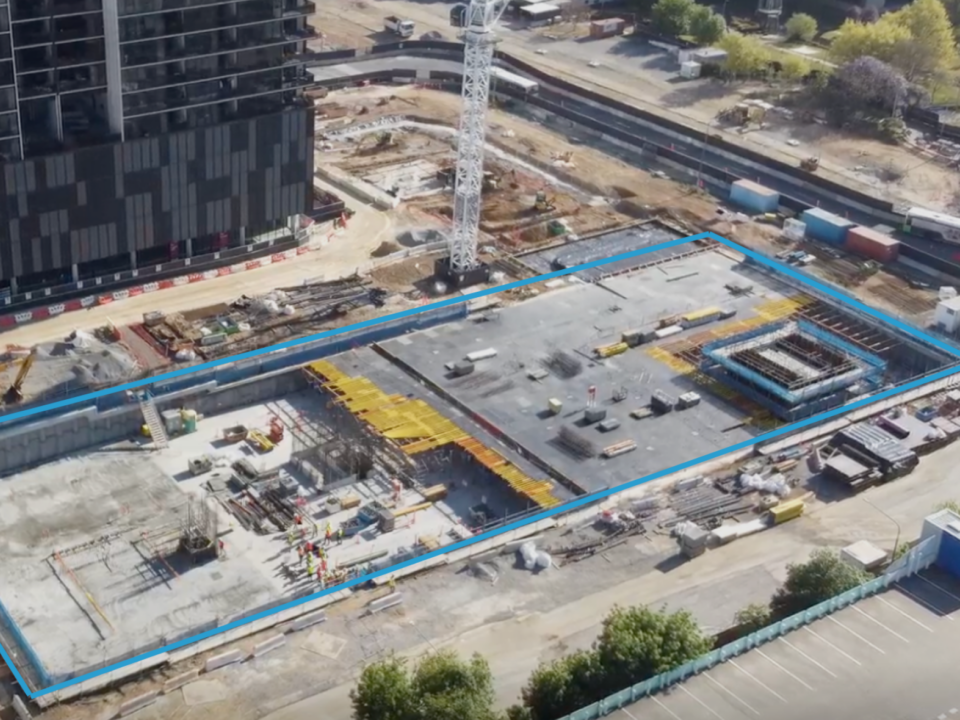Ebony Middleton | Published on 22 July 2025

Adding new construction program management software will make your job easier. You’ll save hours a day and your output will increase ten-fold. It’s a dream we’ve all been sold at some point. And sometimes the dream comes true. At least for a little while. But, without a forward-thinking strategy, it becomes all too easy to find yourself five apps deep, logging the same info into three of them and still unable to find the one document you need.
An app for defects here. Your plant register over there. A spreadsheet for warehousing. A paper form for inductions. You get the idea. The more tools you add the messier it can get. Point solutions promise quick fixes, and have their place in construction, but if they’re not carefully managed, they cause headaches down the line.
Unified construction management software alleviates the pressure, bringing all operations into a single platform. It can feel like a big change and it’s not for everyone. It’s not always obvious when the time is right to make the switch either, so here are five signs you might be outgrowing your tech stack and why a unified platform could be the reset your organisation needs.
1. They give you data, not visibility
Point Solutions
The more point solutions you bring in, the harder it gets to see what’s really going on. Instead of simplifying operations, you're buried in tabs, logins and half-complete reports. Each app solves a piece of the puzzle but never shows you the whole board.
- Data is spread across multiple apps and consolidated manually or with APIs
- Teams re-enter the same information in different systems
- Reports are delayed, inconsistent or missing key context
Unified Platform
Unified construction management software takes a different approach. Data is created, housed and accessed within a Common Data Environment. It stays connected and consistent, and it's available to the right people at the right time without any extra effort.
- Core operational data is captured and managed in one location
- Teams enter information once and use it across workflows
- Data is live and insights are surfaced automatically and in real-time
2. They digitise, but don’t transform
Point Solutions
Point solutions often aim to lift and shift manual processes into a digital format but that doesn't mean the process improves. In many cases, you’re forced to compromise. The form might be online, but it’s missing a required field. The drawing is updated, but the comment attached to it is gone. That’s digitisation, not transformation.
- Paper forms turn into PDFs with limited customisation and no conditional logic
- Emails have to be dragged and dropped into the platform instead of automatically pulled over
- Workflows stay fragmented, just on a screen instead of paper
Unified Platform
Unified construction management software doesn’t just put your existing processes online, it enhances them. Instead of treating each task in isolation, it links workflows across teams and stages, allowing information to move automatically between forms, registers, and approvals. Routine admin gets automated, follow-up becomes seamless, and operational gaps get closed before they open.
- Digital forms trigger tasks, approvals or alerts without extra follow-up
- Workflows are connected end-to-end, reducing gaps, risk of missed steps, and rework
- Decisions happen in real-time, with everything needed already at hand
3. You spend more to achieve less
Point Solutions
Point solutions are a cost-effective way to trial digital solutions. Especially when you only need one or two to start with. But as businesses grow, so do the hidden costs. Each new tool brings its own licence(s), support model, training requirements, and integrations. Before long, you’re investing more in maintaining separate systems than you are in improving performance.
- Licences add up quickly across departments, especially when more and more workers get added for ease of access
- Integrations, plugins, and middleware introduce ongoing costs just to keep systems connected
- Training, support, and internal onboarding is separate for every platform
Unified Platform
A unified construction platform simplifies your tech stack and consolidates value. Instead of spreading your budget across multiple disconnected tools, you invest in a system that scales with your workforce, supports site-level activity, and reduces administrative overhead.
- A single licence covers all users, removing the need for stacked or duplicated subscriptions
- Centralised training and support streamline onboarding and reduce the cost of change across teams
- Connected tools reduce manual admin and duplication, lowering indirect costs while increasing productivity
4. Point solutions aren’t optimised for boots on the ground
Point Solutions
Point solutions are often narrow in practical application. But 95% of your users aren’t BIM modellers or compliance managers. They’re the ones onsite getting the work done. They need tools that support day-to-day operations: inspections, tasks, permits etc. Multiple logins to remember, interfaces to learn, and processes to follow, inevitably slows them down and allows tech fatigue to creep in.
- Specialist tools are licensed across entire teams, even when only a handful of users need them
- Interfaces and workflows are rarely designed for the way site teams actually work
- The more tools you introduce, the harder it becomes to keep people engaged and processes consistent
Unified Platform
A unified construction platform is built for operations, where project delivery happens. It supports daily work across safety, quality, access, document control and communication. Rather than spreading budget across niche systems, it delivers the usability needed to run the job from start to finish. Modular functionality, role-based access and an unlimited user model ensure every worker has the right tools without added complexity or cost.
- Functionality spans design to handover, supporting the full operational workflow
- Role-based access keeps things simple, showing each user only what they need
- Every team member, from third party subcontractors to owners, can access the tools they need without complexity or extra hurdles
5. They solve today’s problems without a view of tomorrow
Point Solutions
Point solutions are built for specific use cases: be it plant management, RFIs, documents or defects. They work in isolation, which might be fine for short-term fixes, but they rarely support long-term goals. As more are added, systems become harder to scale, data stays disconnected, and there's no clear path toward automation or strategic growth.
- Often introduced without a clear roadmap, making it harder to align with long-term business strategy
- Not built to evolve with changing operational needs or support future technologies like automation and analytics
- Each new system adds overhead, making it more difficult to maintain visibility or plan ahead at scale
Unified Platform
A unified platform supports more than just today’s workflows; it creates a structured foundation for what comes next. With connected data and scalable functionality, it allows teams to adapt as project demands, compliance standards, and technology evolve. Long-term planning becomes easier when every part of the system is built to move with you.
- Designed with scalability in mind, supporting projects, teams and regions as the business grows
- Structured data environment enables automation, AI-readiness and strategic performance tracking
- Provides a long-term digital foundation that adapts to changing needs without adding complexity
Ready to see the bigger picture?
Fragmented tools can only take you so far. If you’re ready to explore what’s next, and what’s possible, our Construction Software Playbook lays out the full comparison. From hidden costs and misconceptions, it’s everything you need to assess your tech stack with confidence.
If you’re considering new construction program management software, make sure it’s built to grow with you. Download the Playbook to find out where your business sits on the digital maturity ladder and your next steps to become a digital leader.
Sign up to Simpel's Newsletter
A quick read with our latest news, blogs, recent software releases, and big company updates









